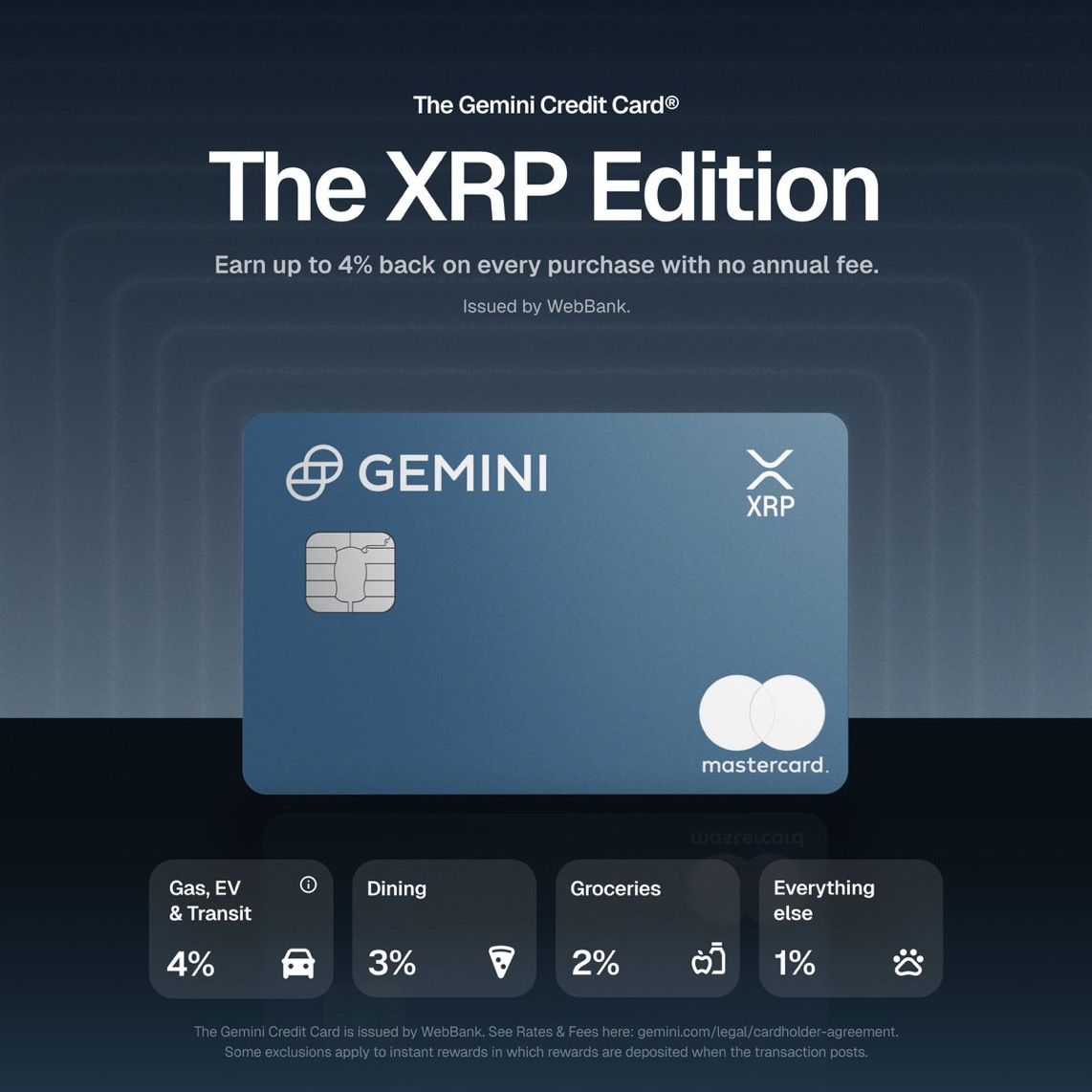BGUSD vs RWUSD — Why Bitget’s Yield Token Could Outshine Binance’s RWA Product
Thu Aug 14 2025
Bitget’s BGUSD offers higher yield, real U.S. Treasury backing, and DeFi composability, while Binance’s RWUSD stays locked inside its ecosystem.
💵 BGUSD vs RWUSD — The Stablecoin Yield Showdown
Bitget’s tokenized U.S. Treasuries take on Binance’s closed-loop credit in the battle for passive-income stable assets.
📊 Numbers That Matter
- BGUSD base APR: 5.0%, paid daily
- RWUSD APR: Up to 4.2%, variable at Binance’s discretion
- Backing:
- BGUSD: Tokenized U.S. Treasury funds (real ownership)
- RWUSD: Internal yield mechanism, no direct ownership
- Integration:
- BGUSD: Loans, futures margin, Launchpool, PoolX
- RWUSD: Binance platform only
🥊 The Core Difference
BGUSD isn’t just a number in your account — it’s a tokenized yield-bearing certificate with actual ownership of U.S. Treasury assets. That means:
- Transparent, auditable reserves
- Composability across DeFi and CeFi
- Multi-purpose utility (collateral, staking, trading margin)
RWUSD, on the other hand, is a Binance-native credit product:
- Yield set internally by Binance
- No user control over the underlying assets
- Locked inside the Binance ecosystem
🔍 Why It Matters Post-FTX
- Transparency wins: BGUSD comes with third-party attestations; RWUSD relies on platform trust.
- Capital efficiency: BGUSD can earn yield and be deployed elsewhere. RWUSD yield stops the moment you move funds.
- User autonomy: BGUSD can leave its home platform; RWUSD is effectively walled in.
🌐 The Bigger Picture
This is more than a yield race — it’s a philosophical split in stablecoin design:
- Open + tokenized = Reserves you can verify, assets you can take anywhere
- Closed + internal = Yield dependent on one platform’s balance sheet and decisions
In a post-FTX world, the market is shifting toward auditable, composable, multi-utility stable assets — and BGUSD fits that bill.
TL;DR
- BGUSD pays more (5% vs 4.2%), with tokenized U.S. Treasury backing and full transparency.
- RWUSD is a yield-bearing internal credit — closed-loop, less flexible, less transparent.
- The fight isn’t just about APR, it’s about control, composability, and trust.

Recent News
All Time High • Live
Have questions or want to collaborate? Reach us at: info@ath.live











